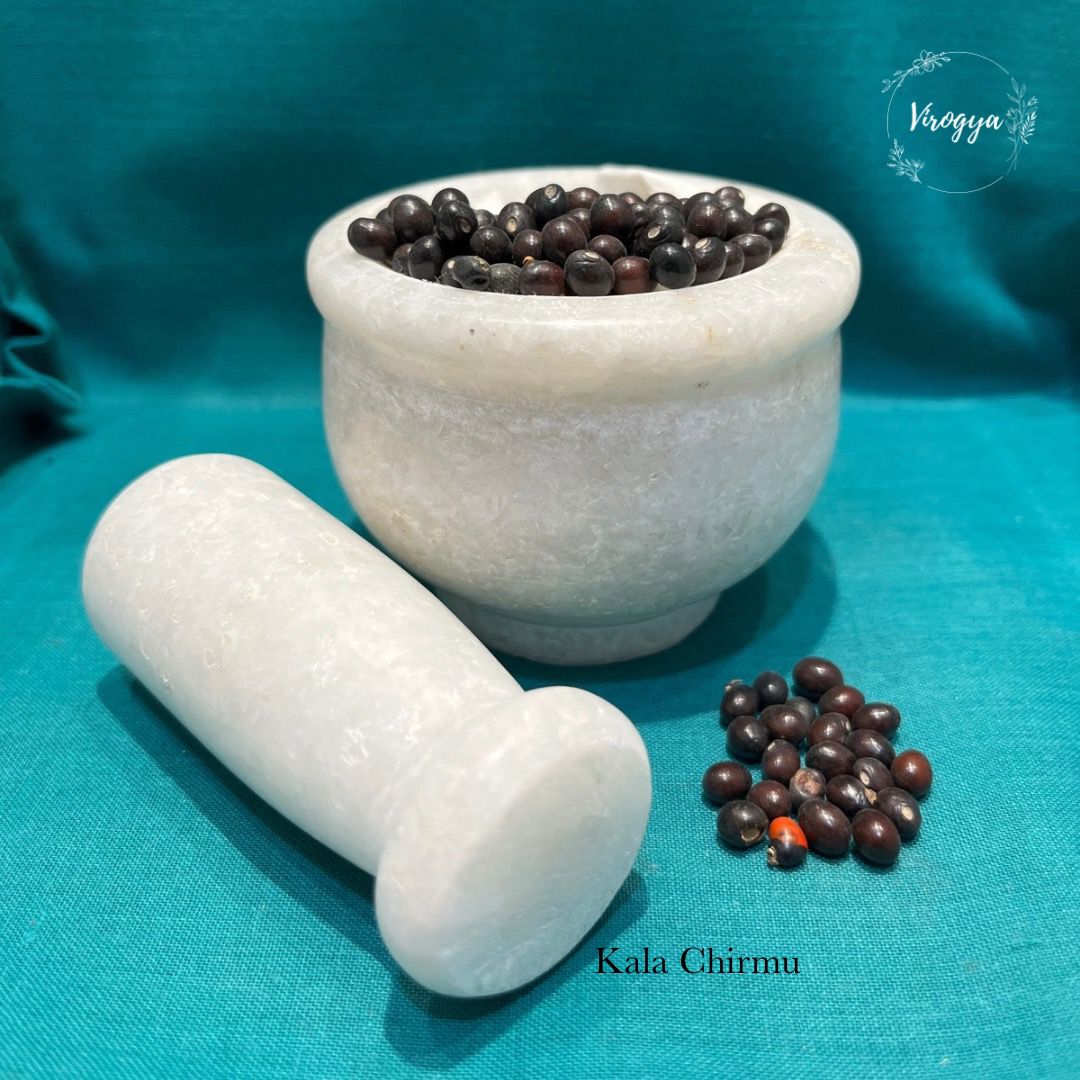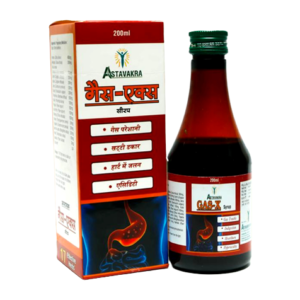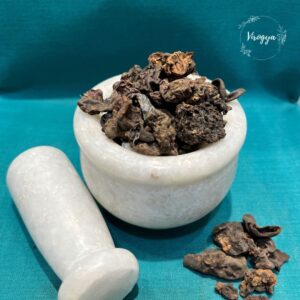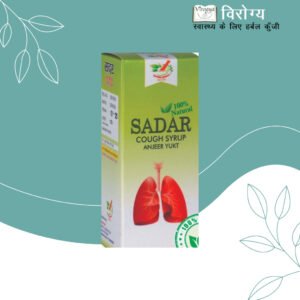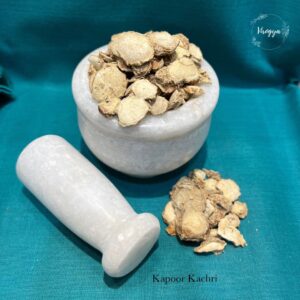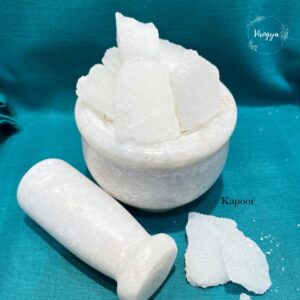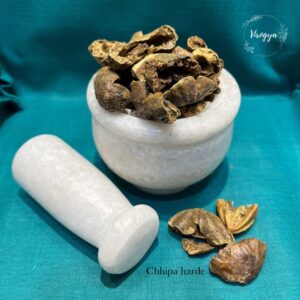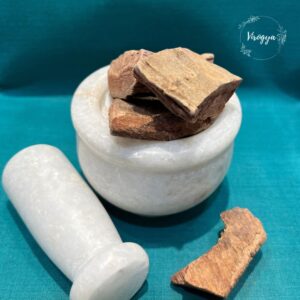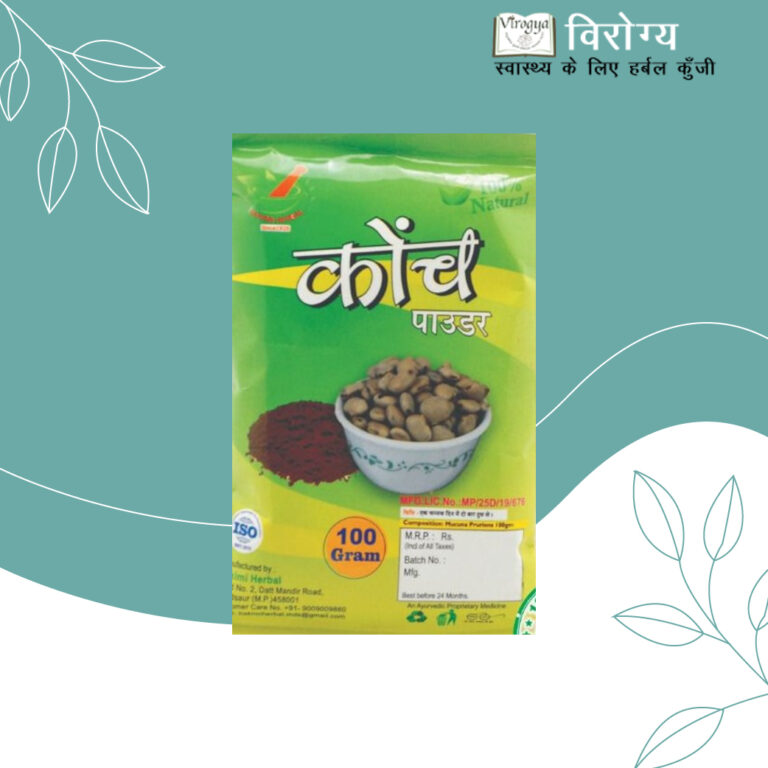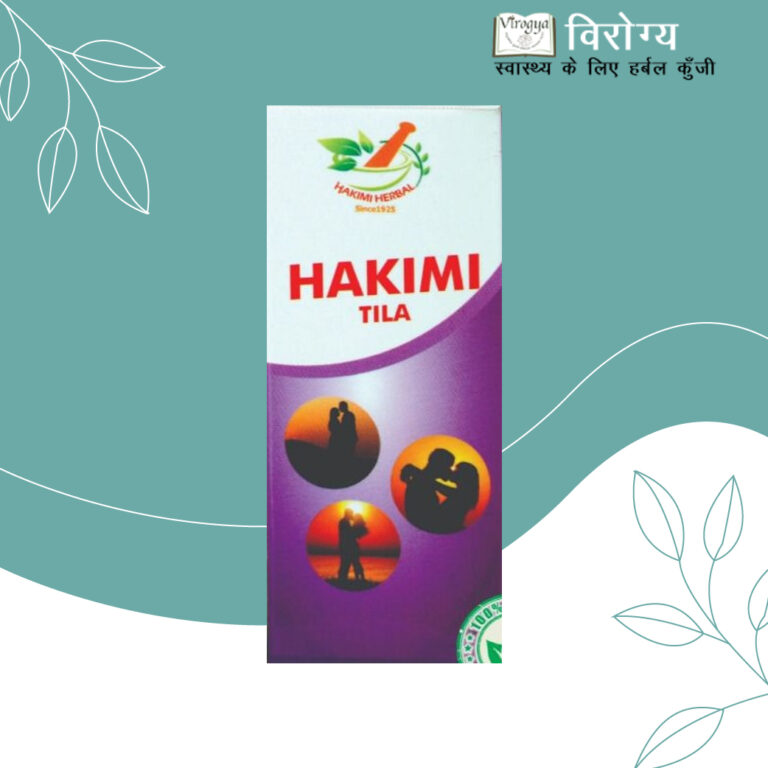Description
Kala Chirmi is a term commonly used in some parts of India and neighboring regions to refer to black seed or black cumin, scientifically known as Nigella sativa. It has a long history of use in traditional medicine and culinary practices.
Here’s a detailed description of Kala Chirmi:
- Botanical Name: Nigella sativa
- Common Names: Black seed, black cumin, kalonji, fennel flower.
- Appearance: The seeds are small, angular, and black, often used in ground or whole form.
Medicinal Benefits
- Health Benefits: The seeds are prized for their potential health benefits, including:
- Anti-inflammatory properties: May help with conditions like arthritis.
- Boosting immunity: Often consumed for overall health and to boost the body’s natural defense.
- Digestive health: Known to support digestion and alleviate bloating, gas, and indigestion.
- Respiratory benefits: It’s used in some cultures as a remedy for asthma and bronchitis.
- Skin health: Known for its potential benefits for treating skin problems like eczema, acne, and psoriasis when applied topically.
How to Use
- In Food: Can be added to cooking or consumed directly. Many people take a small amount of ground seeds with honey or warm water for its health benefits.
- As Oil: The oil extracted from these seeds is also used for its healing properties, both as a topical application and for consumption in moderation.


